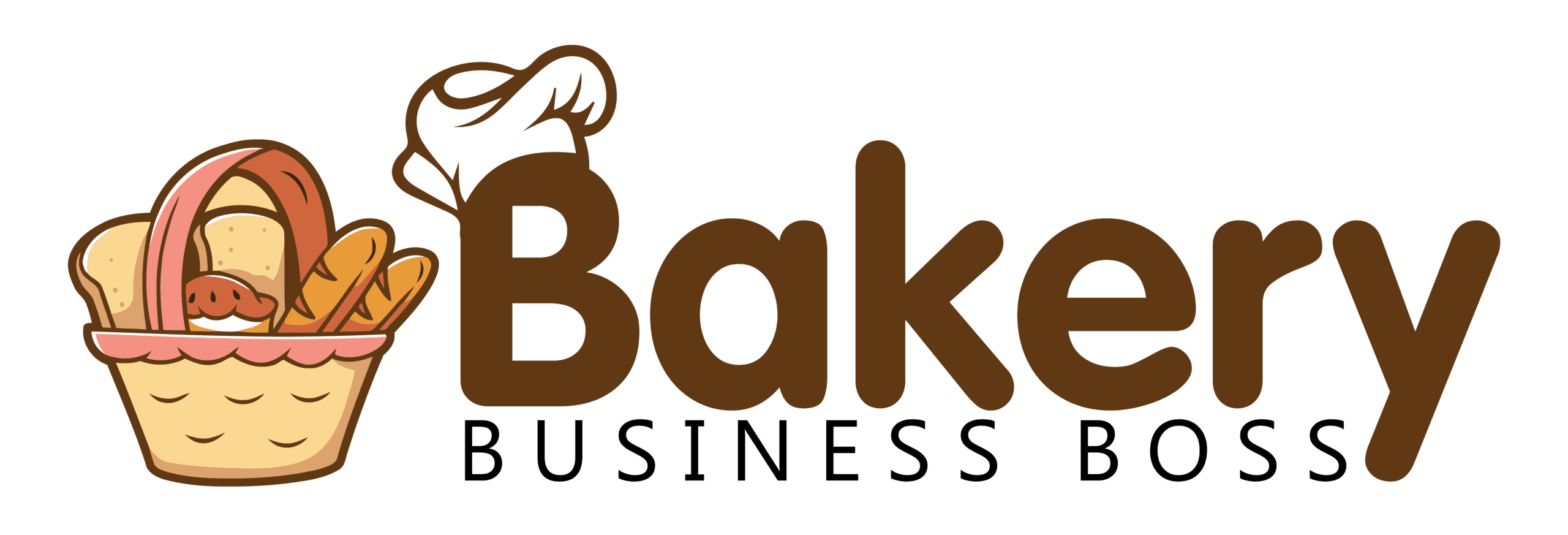Writing interesting content for a bakery that will engage customers and help your business stand out from the competition can be a problem, but it doesn’t have to be. With the right tips and tricks, you can write content that will capture your audience’s attention and help you build a thriving bakery business.
The tips for writing bakery content are writing compelling headlines, using mouth-watering images, telling stories, using delicious keywords, and sharing recipes. With these pointers, you can engage your current and potential customers and interest them to purchase your products.
In this blog post, we’ll explore the best practices for writing engaging content for a bakery and provide tips to get you started. Read on to learn how to write content for a bakery and bake up success.
Write Compelling Headlines

Headlines can make or break the effectiveness of your bakery blog, so you want to make sure that you create compelling titles that grab attention and entice readers to click and read more.
When composing headlines, use action words and try to capture the excitement of what you’re writing about. Consider the question, “What will make a reader pause and inspect the content closely?” You want to pique their curiosity and prod them to read on.
Another effective way to create good headlines is by using numbers. Including the number of steps or ingredients in a recipe, for example, can be a great way to grab someone’s attention. Additionally, adding a pun or clever play on words related to baking can help make your headlines stand out.
Also, headlines should be keyword-rich so that search engines can easily find them. Use appropriate keywords throughout your headline, as it helps with SEO and allows readers to quickly understand what the post is about.
By creating engaging, keyword-rich headlines, you’ll be well on your way to drawing readers in and making your blog posts distinct from the rest.
Six Main Threats of a Bakery Business
Use Mouthwatering Images
When writing content for a bakery, you need to make sure that the images you include are just as tantalizing as the baked treats you’re selling. People love to look at delicious food and if your images don’t make them drool, then you won’t be able to capture their interest in them.
If you’re posting about specific items like cakes, cupcakes, pies, bread, cookies, etc., make sure to take high-quality photos from different angles. Include the ingredients and decorations so that potential customers can get a sense of what the item looks like before they purchase it.
You can also use stock photography for more general content about baking or running a bakery, just make sure that the images are vivid and captivating.
Here are a few other tips:
- Make sure the pictures are high quality. Low-resolution images will not capture people’s attention.
- Experiment with different backgrounds or add props to make your images stick out.
- Show the process of baking – from mixing the ingredients to decorating the final product.
- Use bright and vibrant colors to entice people.
- Show customers enjoying your products. This will help your readers feel connected to what you’re saying.
Tell Stories

Storytelling is an effective way to engage your readers and keep them coming back to read for more. Whether it’s the story of how your bakery started, the history of your family recipes, or interesting anecdotes from behind the scenes in the kitchen, stories bring your content to life and provide your readers with something to relate to.
For example, you could tell the story of how you came up with a unique recipe or the process of perfecting a recipe that had been in your family for generations. You could also write about any fun anecdotes or surprises you encountered while running the bakery. Sharing these kinds of stories can make your content more engaging and add an element of personalization to your brand.
You can also share stories about people who have been involved with the bakery over the years – customers, employees, etc. Their stories can be inspiring and uplifting, while also providing valuable insight into what makes your bakery distinct.
Testimonials from satisfied customers can be invaluable parts of your content. These endorsements from happy buyers can help build trust with other customers and show them the impact that your bakery has on people and the community.
By incorporating storytelling, you can create engaging content that resonates with your readers. Whether you’re telling stories about yourself, your recipes, or your customers, these tales can help you build a strong connection with people and make them feel like they’re part of your bakery family.
How To Plan Your Bakery Layout
Use Delicious Keywords
Keywords are a word or a phrase that people use when searching for content on search engines such as Google or Bing. By incorporating bakery-related words into your content, you can be certain that your bakery will have a chance to be visible in online searches.
There are several things to consider when selecting keywords for your bakery’s content. First, think about the type of content you are writing. Is it an article about cakes or cupcakes? Or is it a blog post about pies or cookies? Once you have identified the content type, brainstorm keywords that relate specifically to that topic.
Pay attention to the words and phrases your target audience uses. For example, if you’re writing a blog post about muffins, you might want to include terms such as “bakery-style muffins” or “homemade muffins” in your content. Paying attention to the language of your target audience can help you choose keywords that will reach the right people.
Make sure that the keywords you use are relevant to the topic of your content. For example, if you are writing a blog post about cupcakes, using a keyword such as “gourmet cupcakes” makes more sense than using a keyword like “bakery supplies”.
Share Recipes
Recipes not only provide valuable information that can help your customers create delicious treats, but they also give readers a personal connection to your brand. You can share recipes that are simple enough for novice bakers to create but still have an interesting twist. Include the recipe of your popular loaf or best-selling brownie so customers can attempt to recreate it for themselves. You can also share baking tips and techniques for a more advanced audience.
Also, include a photo or video of the recipe so your readers can get a visual idea of what the final product should look like. Sharing recipes is an easy and fun way to engage with your readers while also providing useful content.
Conclusion

The tips for writing bakery content are writing compelling headlines, using attractive images, telling stories, using delicious keywords, and sharing recipes. These tips can help you engage customers and drive them to purchase your products. The content you create is a crucial aspect of your marketing plan if you own a bakery. It may gain exposure, new customers, and repeat business with the right mix of promotional content, customer engagement, and relationship development.
The Disadvantages Of Owning A Bakery
Frequently Asked Questions
A bakery is a place where flour-based foods that are baked in an oven, like bread, cookies, cakes, donuts, pastries, and pies, are made and sold. Some retail bakeries are also called cafes because they serve coffee and tea who want to eat their baked goods there.
Most of the time, the best bakers know that baking requires careful timing and organization, so it’s important to have your baking station ready with everything you’ll need, like all the tools and pre-measured ingredients.
To learn more on how to start your own bakery business check out my startup documents here
This blog post is provided for informational purposes only. The information contained is not intended to constitute legal advice or to substitute for obtaining legal advice from a qualified attorney.

About the author. Entrepreneur and Bakery Business Fan.
Hi! I am Shawn and I am a happy individual who happens to be an entrepreneur. I have owned several types of businesses in my life from a coffee shop to an import and export business to an online review business plus a few more and now I create online bakery business resources for those interested in starting new ventures. It’s demanding work but I love it. I do it for those passionate about their business and their goals. That’s why when I meet a bakery business owner, I see myself. I know how hard the struggle is to retain customers, find good employees and keep the business growing all while trying to stay competitive.
That’s why I created Bakery Business Boss: I want to help bakery business owners like you build a thriving business that brings you endless joy and supports your ideal lifestyle.

